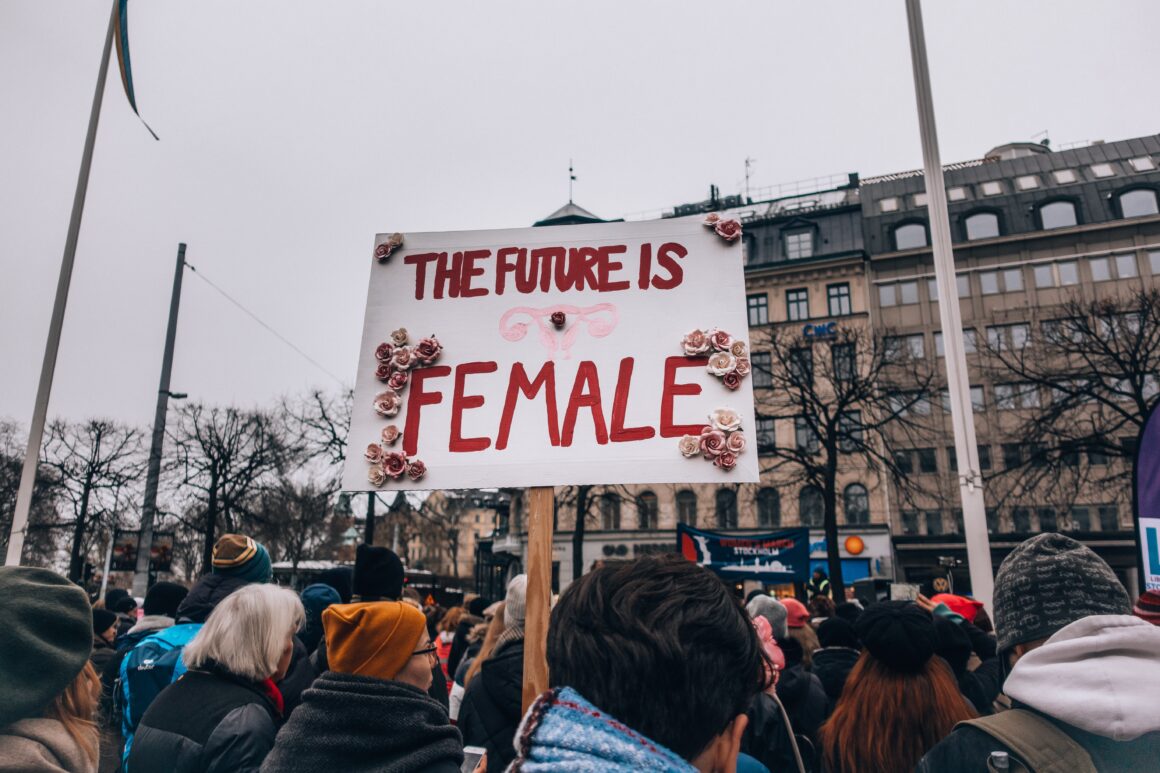Bollywood’s a pretty well known phenomenon to most people around the globe. You don’t have to be Indian, or desi per say to know Bollywood. You may not be into it, but you know of it. Bollywood’s known for it’s flamboyant portrayal of society with it’s over the top song sequences, dialogues, action sequences, representation of rituals and gatherings among a whole lot of other themes and stories that may be a tad bit overdramatic ‘at times’. Don’t get me wrong though. I, as an Indian, heartily love and enjoy my fair share of Bollywood films and culture. But here’s where I refuse to deal with Bollywood; it’s problematism. Bollywood is entertaining but it is also blatantly sexist.
The Bechdel test is quite a famous one to test how ‘feminist’ a work of fiction really is. And I assure you, 99% of Bollywood films will fail this test. I am no scientist and I haven’t tested this hypothesis but I do have a good knowledge of Bollywood as a whole and Bollywood will fail the Bechdel test at large, embarrassingly so too. Bollywood produces about 1,000 films every year and out of those, only a handful have recently been able to be called ‘female centric’. And even then, most of these ‘female centric’ movies would not pass the Bechdel test. Hollywood isn’t exactly a pioneer at making movies that pass the Bechdel test either but let’s address Bollywood for a bit here.
The biggest issue with Bollywood films and the culture that they have been and continue to propagate is the typical ‘damsel in distress’, in need of a ‘overtly strong masculine’ persona in her life to control her- trope. Whether it’s a father or a boyfriend or a husband doesn’t matter. There’s also a constant underlying theme of love, which may sound great otherwise but in Bollywood’s context, it’s always a desperate attempt to have a heteronormative love angle even when it may not be needed. Sex is ambiguous in Bollywood. Nobody really knows how and why it happens and when. But mind you, it happens.
There’s got be an unrealistic action sequence (or more than one) to add fuel to the fire, where the ‘macho’ hero can show off his physique while the girl can crouch in a corner and eye him for the guardian angel he is to her. It gets better because following this action sequence, there is a moment of realisation for the girl’s family that this boy (whom they earlier despised) is actually perfect for their daughter. The internalised misogyny is truly remarkable in Bollywood.
Let’s get to the racism in Bollywood now. There’s barely a handful of ‘dusky’ or ‘dark skinned’ actresses in Bollywood. The ones who probably were dusky or dark at some point, proudly pronounce and promote that they ‘bleached’ or ‘lightened’ their skin to get to where they are today. Isn’t it sad that we accept and promote such a horrid behaviour where a girl needs to lighten her skin tone to fit into the eurocentric notions of good looks and be accepted?
The objectification of women is so rampant and common that it’s almost normalized. She does not need to have substance in her character, she does not need a mind of her own as long as she’s pretty, thin, tall and wears clothes that attract the male gaze.
You will obviously argue me saying things are changing in Bollywood and that may be true to quite an extent but it won’t hurt to address the problematic aspects while they’re still relevant and in dire need of change.
The startling fact about all this information about Bollywood is that it is a direct reflection of the society we occupy. It is misogynistic and problematic. It is racist and sexist. Mainstream media like Bollywood has a direct impact on the public and the ability to influence the masses so it is salient that our films start reflecting and showing a better society than the one we occupy if there’s any hope for change at all.



Comments are closed.